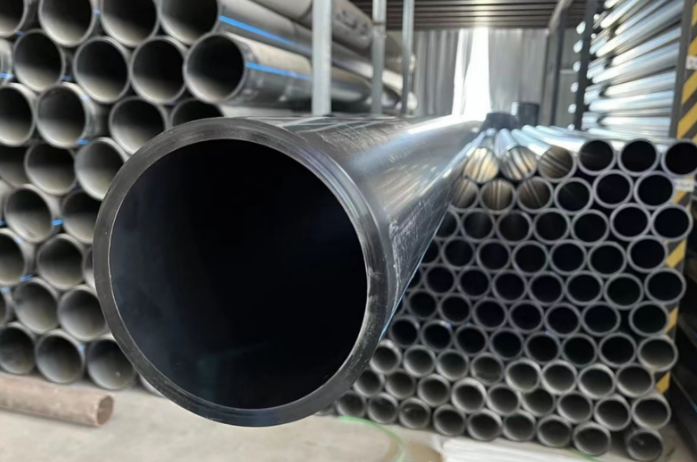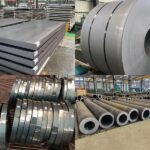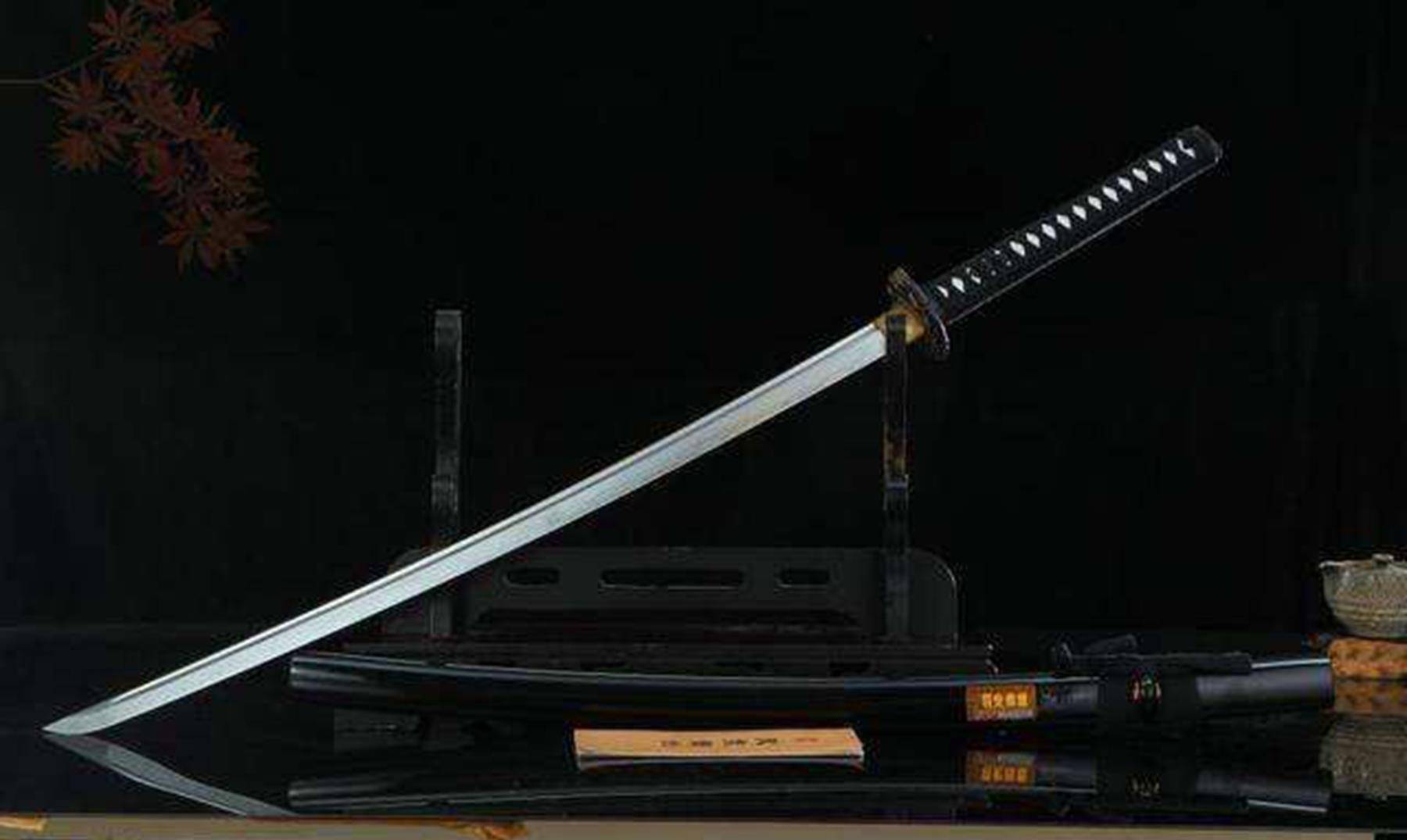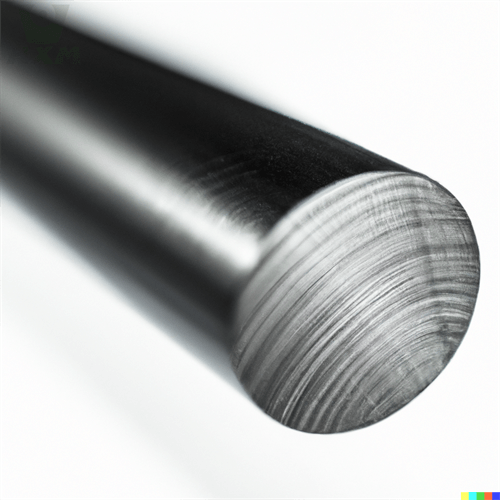As a seasoned metals expert with years of experience from Huaxia Steel, I often find myself faced with the question, “Which is better: high carbon steel or stainless steel?” The answer, however, is not as simple as a black-and-white choice. Both materials possess unique characteristics and applications, and the decision ultimately depends on the specific requirements of the intended use.

Which is better: high carbon steel or stainless steel?
Composition and Properties of High Carbon Steel
High carbon steel, as the name suggests, is a steel alloy that contains a relatively high percentage of carbon—typically ranging from 0.60% to 1.70%. This elevated carbon content is responsible for several key properties. Firstly, it results in increased hardness and strength, making high carbon steel ideal for applications requiring durability and resistance to wear and tear. Tools, cutting instruments, springs, and bearings are common examples of products made from high carbon steel.
The increased carbon content also affects the weldability of high carbon steel. Due to its high hardness and brittleness, welding high carbon steel can be challenging, often requiring specialized techniques and post-weld heat treatment to mitigate the risk of cracking.
Composition and Properties of Stainless Steel
Stainless steel, on the other hand, is an alloy steel that contains at least 10.5% chromium. This chromium content is crucial as it enables the formation of a protective oxide layer on the steel’s surface, known as the passive film. This passive film effectively prevents corrosion and oxidation, giving stainless steel its characteristic rust-resistant properties.
In addition to corrosion resistance, stainless steel also exhibits excellent ductility and toughness. These properties, along with its aesthetic appeal, make stainless steel a popular choice for applications in the food and medical industries, as well as in construction and architecture.
Comparing the Two Materials
When comparing high carbon steel and stainless steel, it is essential to consider the specific requirements of the intended application.
Strength and Durability
High carbon steel excels in terms of strength and durability. Its high carbon content results in increased hardness and resistance to wear and tear, making it ideal for tools and components that require long-lasting performance.
Stainless steel, while not as hard as high carbon steel, possesses excellent ductility and toughness. This makes it suitable for applications where flexibility and impact resistance are paramount.
Corrosion Resistance
Stainless steel’s corrosion resistance is unmatched. The protective oxide layer formed on its surface prevents oxidation and corrosion, even in harsh environments. This makes stainless steel the preferred choice for applications in wet or corrosive environments, such as food processing and medical equipment.
High carbon steel, on the other hand, is susceptible to corrosion due to its lack of protective elements. While it can be treated with coatings or alloys to improve corrosion resistance, these treatments add complexity and cost to the material.
Cost and Availability
High carbon steel is generally more cost-effective than stainless steel due to its simpler composition and more widespread availability. However, the cost of materials should not be the sole determining factor in material selection. The long-term performance and durability of the chosen material must also be considered.
Fabrication and Processing
Both high carbon steel and stainless steel can be processed and fabricated using a variety of techniques, including cutting, welding, and forming. However, the specific techniques and considerations may differ depending on the material’s properties. For example, welding high carbon steel requires specialized techniques and post-weld heat treatment to mitigate the risk of cracking, while stainless steel’s corrosion resistance makes it more challenging to weld using traditional methods.
Conclusion
In conclusion, the choice between high carbon steel and stainless steel ultimately depends on the specific requirements of the intended application. High carbon steel’s strength and durability make it ideal for tools and components requiring long-lasting performance, while stainless steel’s corrosion resistance and aesthetic appeal make it the preferred choice for applications in corrosive environments or where aesthetics are paramount.
Thank you for reading our article and we hope you’ve enjoyed it. If you are looking for carbon steel suppliers and manufacturers online now, we would advise you to contact Huaxia Steel.
As a leading supplier of carbon steel products from Shanghai China, Huaxia Steel offers customers high-quality carbon steel pipes, and carbon steel plates at a very competitive price.







